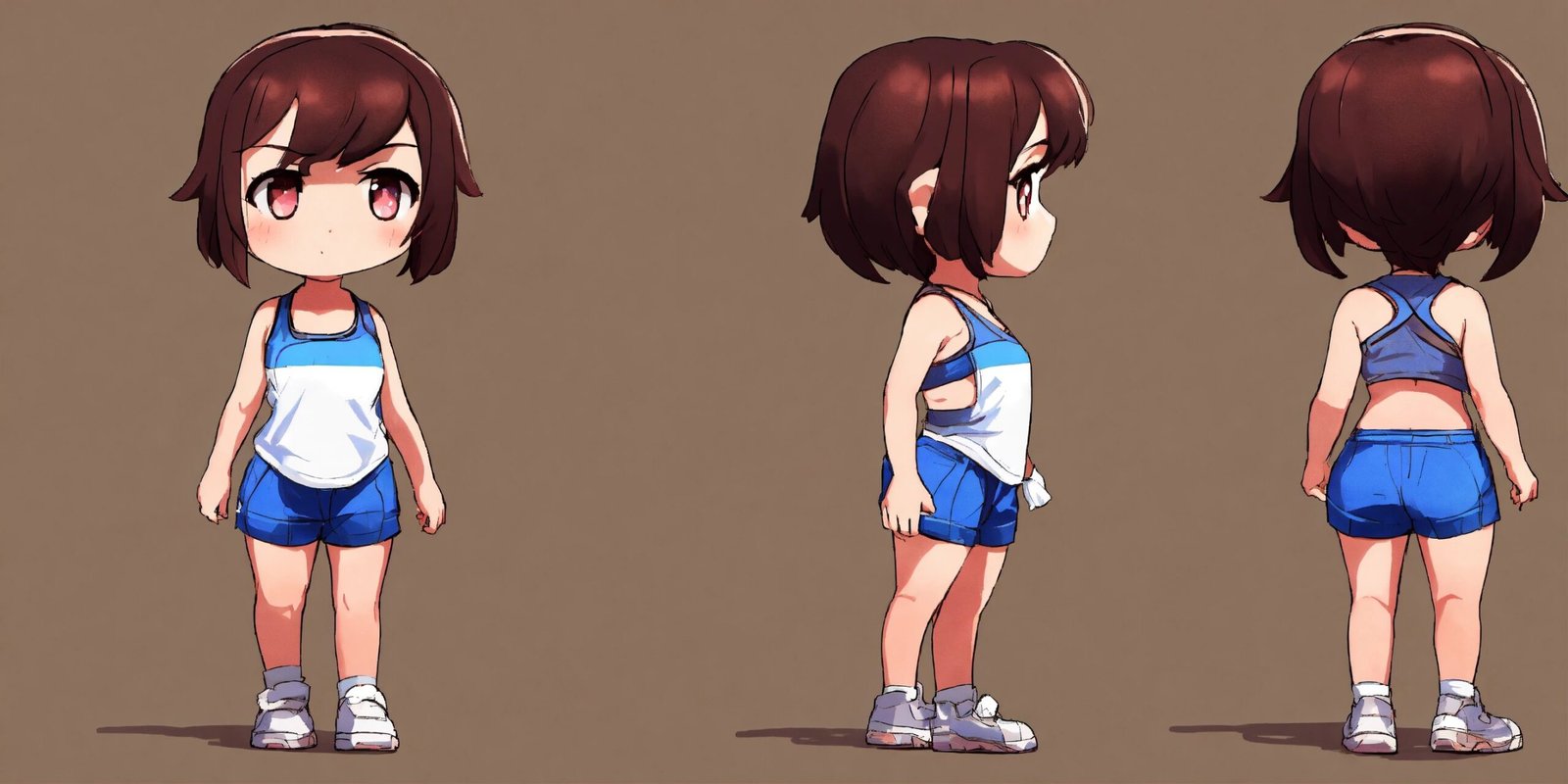Height has long been a topic of fascination and concern for many individuals. While some people aspire to be taller, others wonder how to get shorter. This article explores the various methods and considerations surrounding the desire to reduce one’s height. Understanding the factors that influence height and the potential ways to appear shorter can provide valuable insights for those seeking to modify their stature.
In the following sections, we’ll delve into the determinants of height, including genetic factors and growth plates. We’ll also examine non-surgical techniques to look shorter, such as clothing choices and posture adjustments. Additionally, we’ll address common questions like “Is it possible to get shorter?” and “How can I get shorter in height?” By the end of this article, readers will have a comprehensive understanding of the options available to those who want to appear or become shorter.
Also Read: How Long Does Mounjaro Side Effects Last
Understanding Height and Its Determinants
how to get shorter: Genetic Factors
Height has a significant genetic component, with scientists estimating that approximately 80 percent of an individual’s height is determined by DNA sequence variations. This genetic influence involves a complex interplay of multiple genes, each having modest effects on height. More than 700 gene variants have been discovered to influence height, with many more expected to be identified.
Some genes directly or indirectly affect cartilage in growth plates, which are areas in the long bones where new bone is produced, lengthening the bones as children grow. Rare gene variants can have dramatic effects on height. For instance, variants in the FGFR3 gene cause achondroplasia, a rare condition characterized by short stature.
how to get shorter: Environmental Influences
While genetics plays a major role, environmental factors also contribute to an individual’s height. These factors account for approximately 20 to 40 percent of height variation. Nutrition, particularly protein intake during childhood, has a significant impact on final height. Minerals such as calcium and vitamins A and D also influence height development.
Socioeconomic factors, including income, education, and occupation, can influence height as well. A well-nourished, healthy, and active child is likely to grow taller as an adult compared to a child with a poor diet, frequent infections, or inadequate health care. Environmental factors are particularly influential during infancy, explaining up to 50 percent of individual differences in height at this stage.
how to get shorter: Age-Related Changes
As individuals age, their height can undergo changes. Around age 40, most people begin to lose some height, with this decline often accelerating in later decades. This reduction in height has several causes:
- Spinal changes: The cushions between vertebrae retain less water and deteriorate over time, causing bones to settle closer together.
- Osteoporosis: This condition weakens bones, leading to microfractures and potential bone collapse, resulting in further height loss.
- Posture: Poor posture, often exacerbated by prolonged computer use, can contribute to a decrease in height.
It is normal to shrink by about one inch as a person ages. However, maintaining good nutrition, regular exercise, and proper posture can help minimize age-related height loss.
Also Read: How Long Does Mounjaro Side Effects Last
Non-Surgical Methods to Appear Shorter
how to get shorter: Clothing Choices
Individuals seeking to appear shorter can employ various clothing strategies. Wearing a brightly colored or patterned shirt draws attention to the upper body rather than the legs. Choosing pants or skirts in a different color from the top breaks up the appearance of height. For men, long shorts or untucked shirts of a contrasting color to the pants can create a similar effect. Waist-length jackets and wide belts also help distinguish between the upper and lower body, especially for those with long torsos.
Footwear choices play a crucial role. Opting for shoes that cover more of the foot or partially obscure its central part can create the illusion of shorter stature. For women, flats are a suitable option, though it’s advisable to use padded insoles for comfort during extended periods of standing or walking.
how to get shorter: Posture Adjustments
While good posture is essential for health and confidence, certain adjustments can help individuals appear shorter. When sitting, those with long torsos might choose lower chairs or adjustable seating options. However, it’s important to maintain overall good posture for health reasons. This includes keeping shoulders back and relaxed, and ensuring that a straight line can be drawn from the earlobe to the ankle when viewed from the side.
how to get shorter: Hairstyle Techniques
Hairstyles can significantly influence perceived height. For those with straight hair, using curling irons, overnight curlers, or hot rollers can add volume and create the illusion of a shorter stature. Individuals with natural waves can enhance them using gel. Braiding techniques that create a layered look can also be effective. Adding volumizing products to the hair around the face can further contribute to this effect.
Also Read: How Long Does Mounjaro Side Effects Last
Conclusion
The quest to appear shorter involves a combination of strategies, from clothing choices to hairstyle techniques. These methods can have an impact on how one’s height is perceived, offering options to those who wish to modify their appearance. It’s crucial to remember that while these techniques can alter perception, they don’t change actual height, which is largely determined by genetics and environmental factors during growth.
In the end, embracing one’s natural stature is key to self-confidence and well-being. While the desire to appear shorter is valid, it’s equally important to focus on overall health and self-acceptance. By understanding the factors that influence height and the available options to modify appearance, individuals can make informed choices that align with their personal goals and comfort levels.
Also Read: How Long Does Mounjaro Side Effects Last
FAQs
1. What are the most effective methods to reduce height?
Currently, there are no deliberate methods to permanently decrease one’s height. The length of the long bones in your arms and legs remains consistent throughout your life. Height reduction that occurs naturally with age is primarily due to the compression of the spinal disks.
2. How does height reduction occur naturally?
The cushions, or disks, between your bones prevent them from rubbing against each other. As you age, these disks retain less water and start to wear down, causing the bones to settle closer together. This gradual process can result in a height reduction of about one inch over time.
3. Are there exercises that can make you shorter?
No, there are no exercises that have been scientifically proven to reduce or halt height growth. Height is largely determined by genetics and cannot be altered by physical exercise.
4. Over what time period do people typically get shorter?
People can start to become shorter as early as their 30s. The process continues gradually, where men might lose up to an inch from their 30s to their 70s, and women could lose about two inches. After reaching 80 years of age, both men and women may lose an additional inch.



























+ There are no comments
Add yours